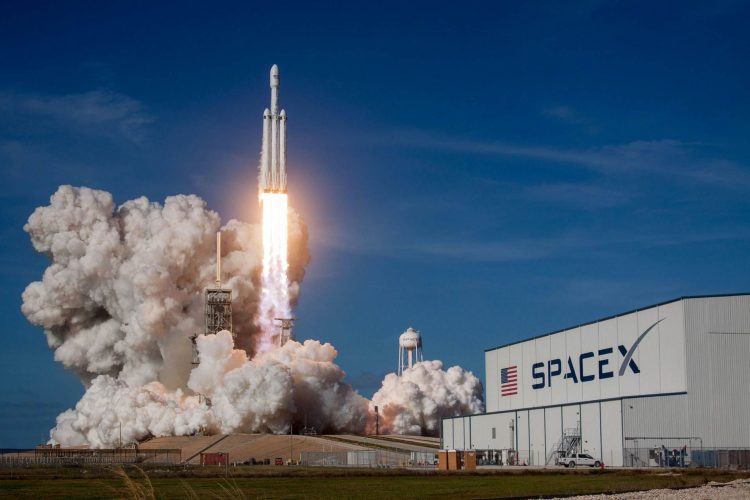SpaceX faced its first in-flight hiccup with the Falcon 9 rocket since 2015, casting 20 Starlink satellites into a precariously low orbit.
The mastermind behind SpaceX, Elon Musk, admitted the fate of these spacecrafts hangs in the balance, dependent on the efficacy of their onboard ion thrusters.
The mission, SpaceX’s 70th orbital endeavor this year and dubbed Starlink 9-3, seemed to be off to a textbook start after launching from Vandenberg Space Force Base on Thursday night at 7:35 p.m. PDT.
However, as the Falcon 9’s second stage ignited, an unusual ice formation around the Merlin Vacuum engine caught the attention of keen-eyed observers.
Musk was on close watch
About an hour post-launch, Musk took to his social media platform, X, to share a sobering update: “Upper stage restart to raise perigee resulted in an engine RUD [Rapid Unscheduled Disassembly] for reasons currently unknown. Team is reviewing data tonight to understand root cause”.
Upper stage restart to raise perigee resulted in an engine RUD for reasons currently unknown. Team is reviewing data tonight to understand root cause.
Starlink satellites were deployed, but the perigee may be too low for them to raise orbit. Will know more in a few hours.
— Elon Musk (@elonmusk) July 12, 2024
The mission had meticulously planned for a one-second burn of the second stage to stabilize the orbit 52 minutes and 20 seconds after liftoff. Yet, the unexpected engine disassembly left the Starlink satellites adrift, with their perigee potentially too low for a successful orbit raise. “Starlink satellites were deployed, but the perigee may be too low for them to raise orbit. Will know more in a few hours,” Musk added, painting a picture of cautious optimism.
Among the cluster of 20 satellites, 13 boasted direct-to-cellphone capabilities, a significant leap for the Starlink constellation. SpaceX managed to establish contact with five of these satellites, furiously working to elevate their orbits. Renowned astronomer Jonathan McDowell from the Harvard-Smithsonian Center for Astrophysics estimated the satellites were hovering in a 295 by 138 km orbit, just shy of their intended 296 x 286 km deployment.
Was it really something to be joked about?
With his characteristic blend of humor and realism, Musk updated his followers:
We’re updating satellite software to run the ion thrusters at their equivalent of warp 9.
Unlike a Star Trek episode, this will probably not work, but it’s worth a shot.
The satellite thrusters need to raise orbit faster than atmospheric drag pulls them down or they burn up.
— Elon Musk (@elonmusk) July 12, 2024
The Falcon 9’s last in-flight misadventure dated back to June 28, 2015, when a Dragon cargo resupply mission ended abruptly 139 seconds into flight. Another incident on September 1, 2016, saw a Falcon 9 explode on the launch pad during fueling operations, obliterating an Israeli communications satellite and wreaking havoc on Space Launch Complex 40.
The veteran booster
The first stage booster for the Starlink 9-3 mission, tagged B1063, was on its 19th flight. This veteran booster had previously ferried NASA’s Double Asteroid Redirection Test (DART) spacecraft, the Transporter-7 rideshare mission, and 13 Starlink batches. Just over eight minutes after liftoff, B1063 executed a flawless landing on the SpaceX droneship, ‘Of Course I Still Love You,’ marking the 96th such recovery on OCISLY and the 329th booster landing overall.
As SpaceX grapples with this setback, the world watches with bated breath, hoping for a triumphant recovery and a safe journey for the wayward Starlink satellites.





